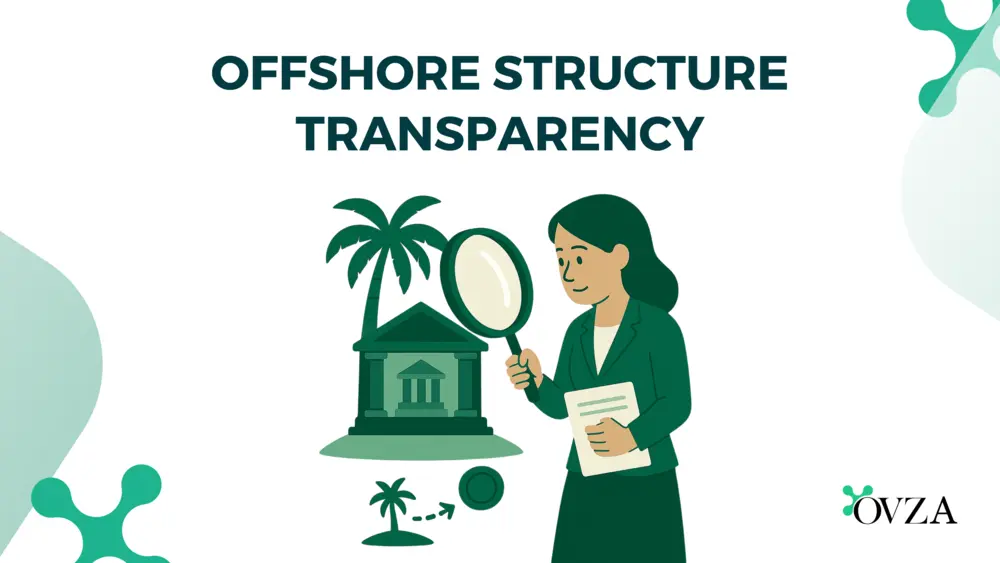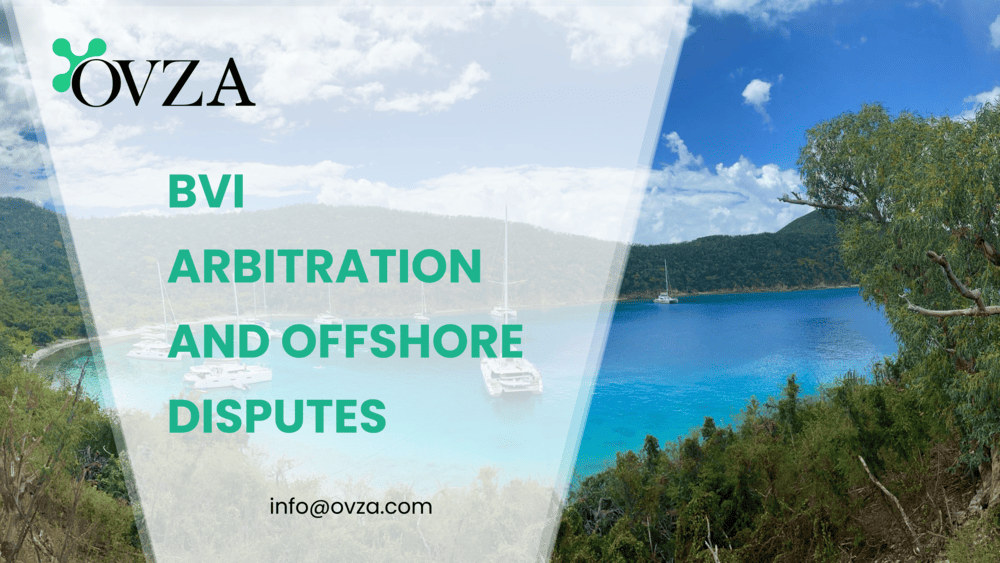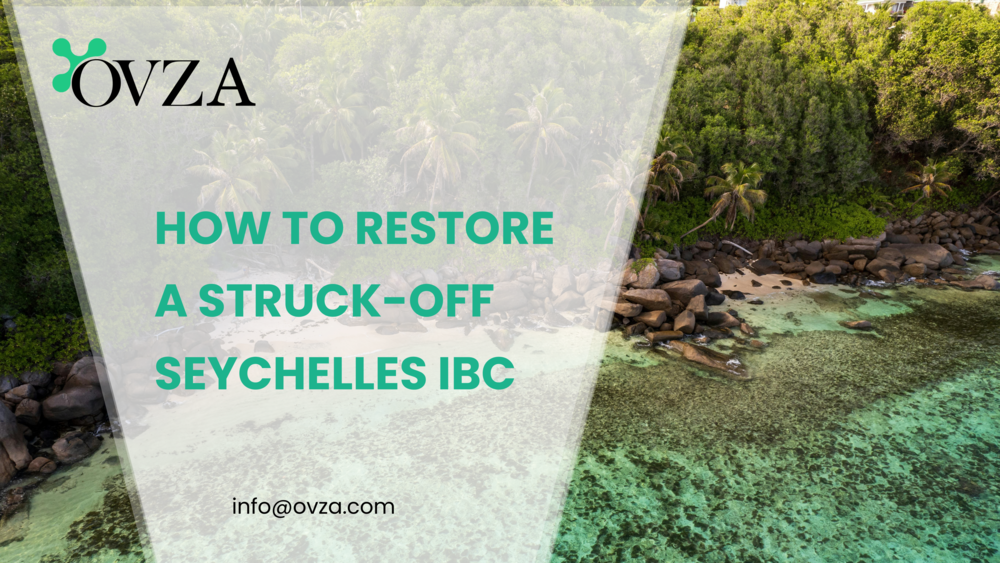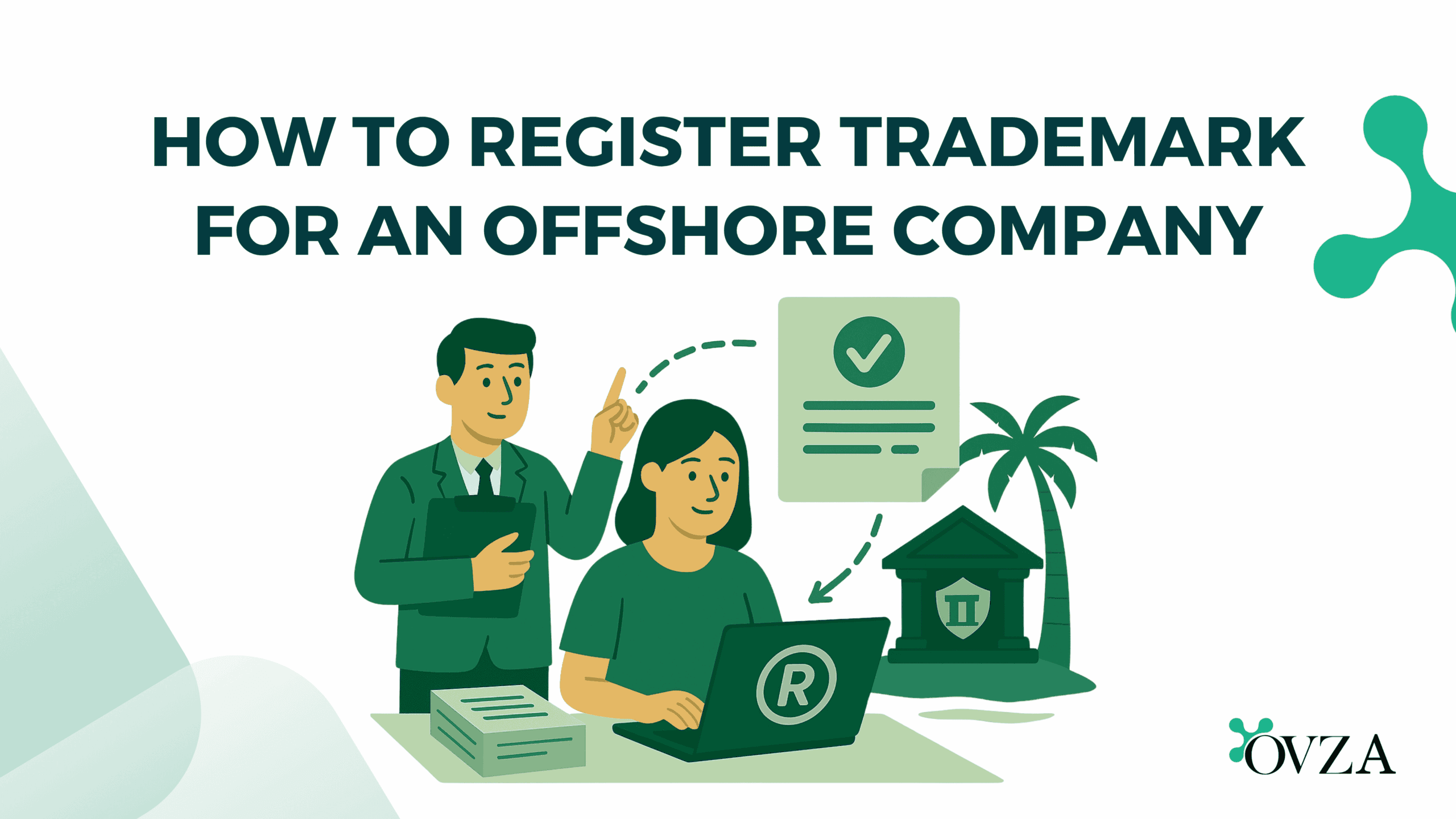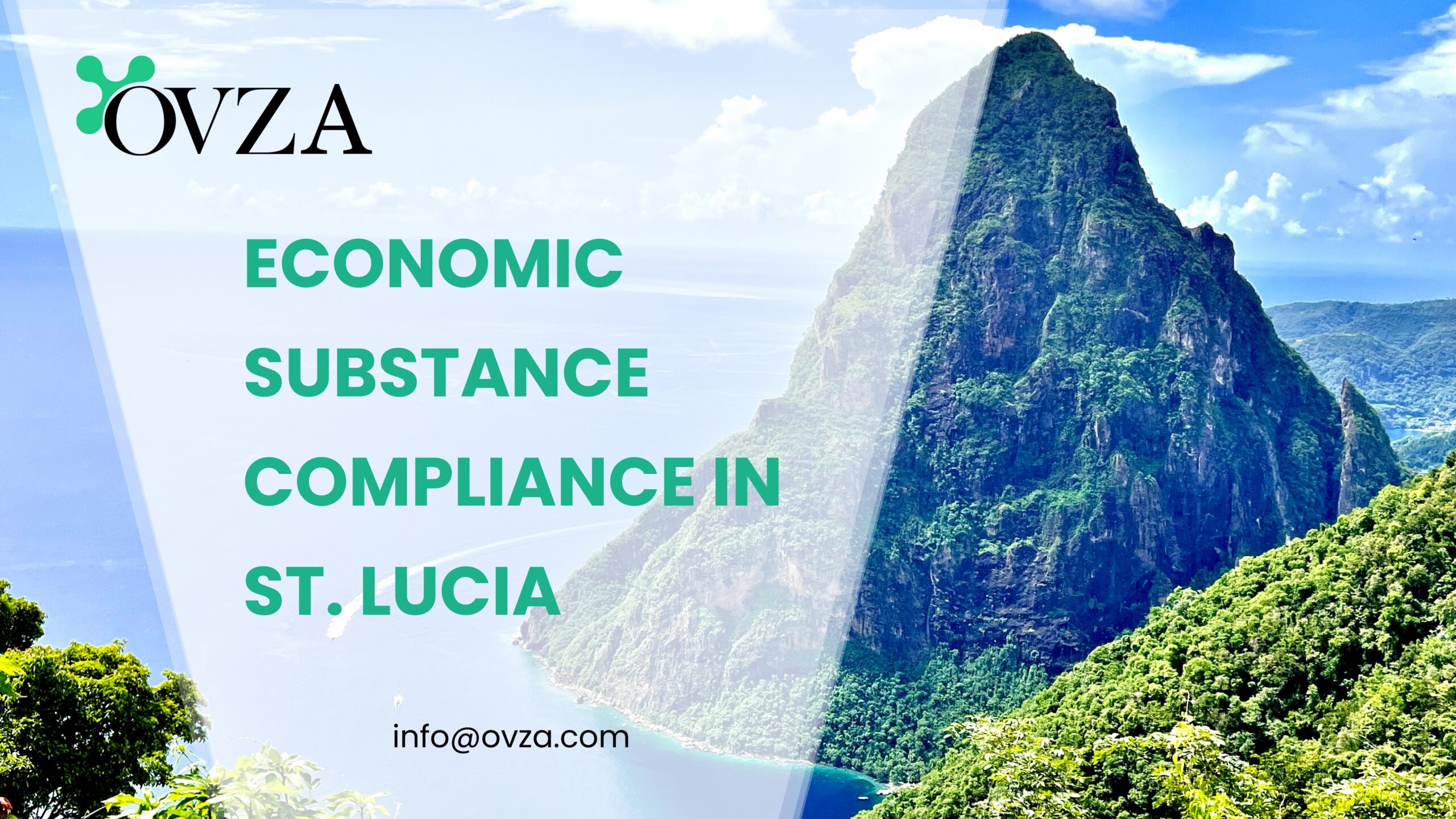Offshore structure transparency rules like CRS and FATF now require UBO disclosure, reshaping how offshore companies operate. Once prized for their confidentiality and legal insulation, offshore companies, trusts, and foundations now face mounting pressure from governments, intergovernmental bodies, and financial institutions to disclose ownership, transactional history, and tax-relevant data. This shift has transformed how offshore structures are formed, operated, and reported.
1. The Global Push for Transparency
The erosion of financial secrecy has been driven by high-profile data leaks, political pressure, and increasing cooperation among tax authorities worldwide. Initiatives such as the OECD’s Common Reporting Standard (CRS) have made it mandatory for financial institutions in participating jurisdictions to collect and share account information of non-resident clients with their home tax authorities. More than 100 jurisdictions now participate in CRS, including traditional offshore centers like the British Virgin Islands, Seychelles, and St. Lucia.
This means that individuals using offshore entities to hold bank accounts or other financial assets can no longer rely on banking secrecy to protect their anonymity. Financial institutions are now legally required to identify the ultimate beneficial owner (UBO) of any entity opening an account, and to report financial activity linked to that UBO to the relevant tax authority. The result is a dramatic decline in the practical confidentiality that offshore finance once offered.
In parallel, public and semi-public UBO registers have become a regulatory norm. The European Union, through the 5th Anti-Money Laundering Directive (AMLD5), requires member states to maintain registers of beneficial owners of companies, accessible to authorities, financial institutions, and in some cases the general public. Although a 2022 ruling by the Court of Justice of the European Union (CJEU) pushed back on open access in favor of privacy rights, many registers remain searchable by professionals and institutions, and the broader trend toward transparency has not reversed.
As OVZA’s recent commentary on beneficial ownership compliance explains, the legal burden to disclose ownership now rests squarely with the entity, and non-compliance can lead to steep penalties, account closures, and reputational damage.
2. Operational Impact on Offshore Structures
The practical consequences of increasing transparency obligations have reshaped the offshore services industry. Companies that once operated with minimal disclosure must now maintain accurate, up-to-date records of beneficial ownership, submit annual compliance reports, and often demonstrate economic substance in their jurisdiction of incorporation. This operational shift not only affects how offshore structures are managed but also influences the jurisdictions investors choose for new incorporations.
The introduction of economic substance rules, partly in response to OECD BEPS Action 5, requires certain offshore companies to show that they have real commercial activity within their jurisdiction. For instance, a Seychelles IBC that merely holds passive investments with no office, staff, or expenses locally may be considered non-compliant and potentially blacklisted by global watchdogs. Jurisdictions like Belize, BVI, and St. Lucia have introduced their own substance laws to remain aligned with EU tax governance standards and avoid being labeled non-cooperative.
Moreover, the FATF—through its mutual evaluation reports—continues to monitor offshore jurisdictions for compliance with anti-money laundering (AML) and counter-terrorist financing (CTF) obligations. A negative FATF rating can lead to increased scrutiny from banks and financial institutions, even where no wrongdoing by a specific company is alleged. This has a chilling effect on offshore banking, as many international banks now refuse to accept clients from jurisdictions flagged by the FATF or EU.
These developments have had a cascading effect on offshore service providers. Agents, fiduciaries, and legal counsel must now vet clients more thoroughly, implement robust KYC processes, and maintain digital records capable of withstanding regulator inspections. Some providers have exited high-risk jurisdictions altogether, redirecting their clients to more compliant and reputationally secure offshore centers.
At the client level, individuals and companies seeking to use offshore structures for legitimate purposes—such as estate planning, IP licensing, or multinational business ownership—are finding it harder to open accounts, transfer assets, or maintain privacy. Even where an offshore entity is fully compliant, banks and counterparties may demand detailed proof of beneficial ownership, source of funds, and underlying commercial rationale. For more guidance on how to prepare documentation for these purposes, see OVZA’s article on offshore banking and compliance readiness.
The convergence of CRS, FATF pressure, EU AML directives, and substance laws has left many legacy offshore structures functionally obsolete. Updating these entities to meet transparency standards is now essential not just to remain legal, but to preserve access to global banking and investment channels.
3. Legal Strategies for Navigating Transparency Obligations
As transparency becomes the norm in offshore finance, legal structuring must evolve to emphasize legitimacy, substance, and traceability. Clients and advisors can no longer rely on outdated privacy strategies that hinge on anonymity. Instead, the new era of offshore structuring is based on documented compliance, well-defined business purposes, and jurisdictional alignment with global reporting standards.
One foundational step is choosing jurisdictions that maintain a balance between investor privacy and international cooperation. While no jurisdiction can guarantee full confidentiality in today’s environment, some—like St. Lucia and the British Virgin Islands—offer legal certainty, well-defined economic substance frameworks, and adherence to global norms without compromising operational flexibility. These jurisdictions actively comply with CRS, AMLD, and FATF recommendations while allowing foreign clients to structure entities in a tax-neutral and legally robust manner.
The structuring of offshore companies must now be paired with clear documentation, including proof of business activity, records of UBOs, and internal compliance protocols. The use of nominee directors, layered holding entities, and hybrid legal structures may still be viable—but only when justified with real operational purpose and proper disclosure. Legal advisors play a key role in ensuring these structures not only meet local incorporation standards but also withstand external audits or reporting triggers under international law.
Transparency also has implications for tax reporting. Clients with offshore entities must comply with home-country laws regarding foreign-held companies, controlled foreign corporations (CFCs), and financial account disclosures. The U.S. FATCA framework, for example, requires U.S. persons to report foreign accounts and interests in foreign entities, with severe penalties for noncompliance. Similarly, many EU countries impose reporting duties on citizens with offshore holdings—even if the underlying entity is fully compliant in its jurisdiction of formation.
From a legal risk perspective, failure to comply with transparency standards may result not just in fines or account closures, but also in criminal liability, debarment from banking systems, or denial of asset protection benefits. Structuring offshore companies to operate within the parameters of evolving global frameworks is therefore not a matter of preference—it is a legal necessity.
At OVZA, we assist clients with establishing offshore structures that are not only compliant with local incorporation laws but also built to meet the rigorous disclosure and reporting requirements now standard under CRS, FATCA, and AML regimes.
Conclusion
The transparency revolution in global finance has fundamentally altered the role of offshore structures. While offshore companies remain effective tools for legal tax planning, estate management, and international business, their success now depends on how well they align with the growing web of international disclosure obligations.
Gone are the days of anonymous shell companies and banking secrecy. In their place is a legal environment defined by cross-border cooperation, public ownership registers, and stringent AML enforcement. For professionals and businesses looking to retain the advantages of offshore structuring, the solution lies in strategic compliance—not secrecy.
Understanding the transparency challenges for offshore structures is no longer optional. It is the starting point for any sound international financial strategy.
Disclaimer: The information provided on this website is intended for general reference and educational purposes only. While OVZA makes every effort to ensure accuracy and timeliness, the content should not be considered legal, financial, or tax advice.


